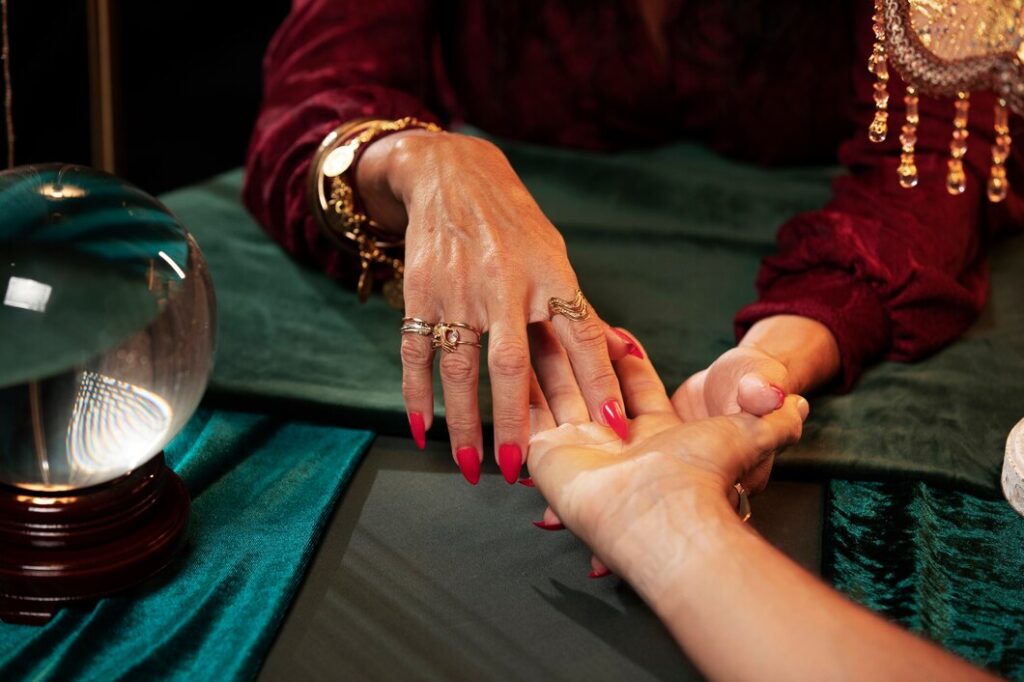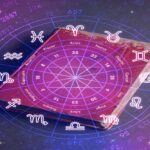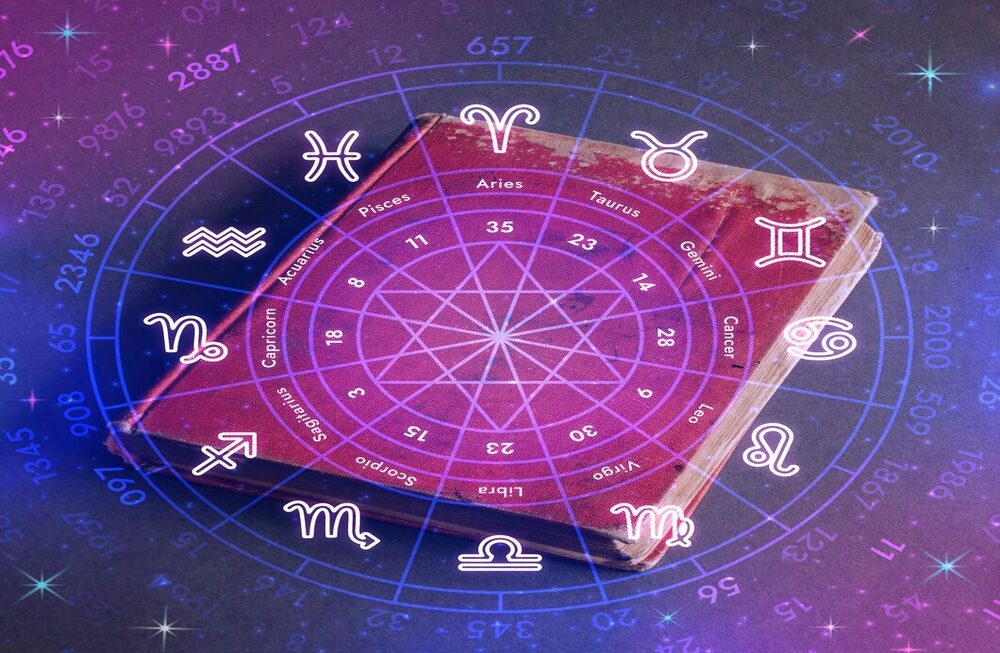This is the culmination of the Ashtakoot Milan analysis. We conclude our detailed exploration of the 36-point matching system by focusing on the most critically weighted factor: Nadi Kuta. Carrying an indisputable 8 points (Gunas), Nadi is not about personality or destiny; it is a profound check on the couple’s genetic and physiological foundation, forecasting the health of the partnership and its potential for progeny.
This piece will treat the Nadi Koota as a Vedic form of genetic compatibility testing, emphasizing the biological imperative that underpins its high score and the severe consequences of the dreaded Nadi Dosha.
The Bio-Energetic Imperative: Nadi Koota and the Purity of Progeny (8 Points)
In the exhaustive framework of Vedic compatibility, the Nadi Koota stands alone, holding the maximum possible score of 8 points (Gunas). This supreme weighting signifies its non-negotiable importance in the eyes of the ancient rishis. While Varna, Vashya, and Bhakoot address the psychological, material, and emotional life of the couple, Nadi Koota addresses the biological and spiritual continuation of the family line: health compatibility and progeny.
The term Nadi literally means ‘channel,’ ‘flow,’ or ‘pulse’ in Sanskrit. In Jyotish and Ayurveda, it refers to the channels through which Prana (life force) flows and is directly linked to an individual’s constitution (Dosha) and genetic makeup.
The analysis of Nadi matching is therefore the definitive Vedic test of genetic compatibility, ensuring that the union of two individuals creates a harmonious, vital energy field capable of producing healthy, vigorous children.
A poor score, known as Nadi Dosha, is considered the most severe affliction in the entire kundli matching system. It is a stark biological warning that their union may be detrimental to their own health or, more critically, to the health and vitality of their offspring.
As a senior content writer specializing in esoteric science, I will present a unique, final analysis of Nadi Koota, focusing on its Ayurvedic connection and the existential gravity of the 8-point penalty.

The Tri-Dosha Connection: Nadi Kuta and Constitutional Health
The Nadi Kuta system is derived directly from the three Ayurvedic Doshas (constitutions), which govern all physiological and psychological processes in the body. The 27 Nakshatras are divided into three Nadi classifications, reflecting the dominance of a specific life force energy:
The Three Nadi Classifications
| Nadi Name | Sanskrit Meaning | Associated Dosha (Constitution) | Core Quality Represented | Nakshatras (Examples) |
| Aadi Nadi | Beginning Flow | Vata (Air & Ether) | Creativity, movement, neurological processes, lightness. | Ashwini, Ardra, Punarvasu… |
| Madhya Nadi | Middle Flow | Pitta (Fire & Water) | Metabolism, digestion, heat, intensity, drive. | Bharani, Mrigashirsha, Pushya… |
| Antya Nadi | End Flow | Kapha (Earth & Water) | Structure, stability, immunity, emotional grounding. | Krittika, Rohini, Ashlesha… |
The 8-Point Scoring Rule: The Rule of Difference
The core principle of Nadi matching is biological diversity. The highest score is achieved when the two individuals belong to different Nadi groups:
- 8 Points (Full Match): The man and woman belong to different Nadis (e.g., Aadi/Antya, Madhya/Aadi).
- Principle: Differences ensure optimal genetic and energetic diversity, promoting vigor, robust immunity, and healthy progeny.
- 0 Points (No Match): The man and woman belong to the same Nadi (e.g., Aadi/Aadi, Madhya/Madhya, Antya/Antya).
- Result: Nadi Dosha. This is a complete loss of all 8 points, signaling a potential for severe health compatibility issues, reduced fertility, or weak physical/mental constitutions in the children.
The Crux: The penalty is absolute. The zero-point score is a radical reflection of the ancient understanding that homogeneity is detrimental to health and survival. If the constitutional flow is identical, the gene pool is considered too similar, lacking the necessary energetic opposition to create a complete and balanced life force.
The OREO Analysis: The Existential Weight of Nadi Dosha
The highest score of 8 points is strategically placed on Nadi because, ultimately, a marriage’s success is defined by its ability to continue life. The failure to secure the health of the partners and the stability of their offspring renders all other compatibilities irrelevant.
Opinion: Nadi Koota is the Non-Negotiable Criterion for Biological Vitality
Opinion: The Nadi Koota is the ultimate, non-negotiable criterion for long-term marital vitality. It represents the wisdom that love and material success cannot compensate for fundamental genetic compatibility issues that compromise health and progeny.
Reason: The Threat to Life and Lineage
Reason: The full 8 points are placed on Nadi because the consequences of a Dosha are existential. The same-Nadi union is believed to increase the severity of the shared constitutional weakness (e.g., two Vata-dominant people marrying aggravates joint health, anxiety, and neurological issues). Furthermore, the primary concern is the lineage. The ancient texts feared that a Nadi Dosha could lead to:
- Lack of Progeny: Significant fertility challenges (Santan Hani).
- Sickly Progeny: Children with poor physical or mental health.
The complete loss of 8 points emphasizes that where life and lineage are concerned, there is no compromise; the nadi matching must be favorable.
Example: The Crisis of Madhya Nadi (Pitta) Dominance
Consider a couple with a Madhya Nadi Dosha (Pitta/Pitta). Pitta is ruled by Fire and governs intense, metabolic, and aggressive energies. While they may have a fiery, passionate intimate life (high Yoni), their combined energy aggravates heat, inflammation, and intensity. In a marriage, this can manifest as chronic arguments (too much fire), digestive issues, and liver/blood disorders.
The 0 points signal that their nadi matching exacerbates each other’s physiological weaknesses. For a couple facing this Dosha, the astrological remedy is often coupled with a radical Ayurvedic lifestyle change to introduce cooling, calming energy (Kapha/Antya Nadi qualities) to neutralize their combined metabolic excess.
Restatement: Health Is the Prana of the Union
Therefore, a full 8-point Nadi Kuta score is the greatest blessing, promising robust health and vitality. A Nadi Dosha is a severe and direct warning that requires mature, conscious intervention—be it through astrological rituals, medical consultation regarding fertility, or radical lifestyle overhauls—to transmute the inherent biological friction.
The Final Word: Nadi as a Call to Consciousness
The severity of the Nadi Dosha often compels modern couples to abandon a match. However, the true purpose of the kundli matching system is not rejection but prediction.
The Power of Cancellation (Nadi Bhanga)
Vedic texts provide specific conditions under which a Nadi Dosha can be cancelled (Nadi Bhanga), reinforcing the idea that karma is fluid:
- Same Rasi (Moon Sign), Different Nakshatra: If both partners have the Moon in the same Rasi (e.g., both in Aries), but their Nakshatras belong to different Nadis, the Dosha is nullified.
- Same Nakshatra, Different Rasi (Rare): If both partners have the same Nakshatra, but their Moon signs are different (possible at sign boundaries), the Dosha is also often cancelled.
- Graha Maitri Strength: Some schools of thought hold that if the Graha Maitri (mental compatibility, 5 points) is high, it can mitigate the psychological distress associated with the physical problems of the Nadi Dosha.
Nadi and the Conclusion of Compatibility
The Nadi Koota is the final and highest-weighted checkpoint. The overall Gun Milan score (out of 36) is often judged by the presence or absence of this single factor.
- A score of 28/36 with full Nadi points is an excellent match.
- A score of 30/36 with Nadi Dosha (0 points) is a match often rejected, bringing the score down to 22/36, but also carrying the stigma of severe health risk.
The wisdom of the nadi matching system is a timeless reminder that while love is spiritual, its expression is fiercely physical. Preserving the purity of the life force channel is the highest duty of the marriage.
Conclusion: The Whole of the 36 Gunas
The Nadi Koota (8 points) is the zenith of the Ashtakoot Milan, a vital measure of health compatibility and progeny that anchors the marriage in biological and genetic vitality. It underscores the profound realization that a marriage is a commitment to the other’s total well-being, demanding that the flow of life force (Prana) within the union be harmonious.
The cumulative journey through the 36-point matching system—from Varna’s 1 point (Ego) to Nadi’s 8 points (Life Force)—demonstrates the incredible depth of Vedic thought. It teaches us that marriage is a multi-dimensional structure built from shared purpose, mutual attraction, destiny, physical harmony, intellectual friendship, temperament, and material security. Use the score not as a verdict, but as a map to conscious love, proving that knowledge of your vulnerabilities is the first step toward building an invincible and vital union.












